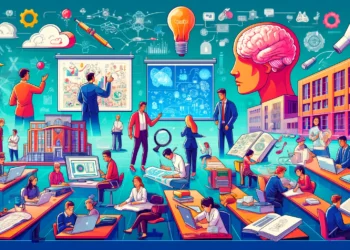For its annual report, the The Alzheimer’s Association in the US claims that more than half of all reported early Alzheimer’s diagnoses aren’t disclosed to the patient by doctors. This is a situation reminiscent of the 1960s and 1970s when cancer diagnoses were rarely disclosed to patients as the disease was generally seen as incurable. Like in the case of the long-gone cancer stigma, doctors may be doing more harm than good. They don’t want patients to lose hope, but being kept in the dark as to their suffering can be equally bad, if not worse.

The Alzheimer’s Association 2015 Facts and Figures report says that an estimated 5.3 million people are living with Alzheimer’s disease, a slight increase over 5.2 million in the estimate from last year. This confirms an ageing population demographic, as the neurodegenerative disease mainly strikes those over 65. The lifetime risk for developing Alzheimer’s at age 65 is one in six for men and one in 11 for women. There is no cure for Alzheimer’s, only treatment that may slow down the disease.
The most startling fact outlined in the report is the staggering number of patients who aren’t told they have Alzheimer’s, despite being unequivocally diagnosed as so by their doctors. No, the patients didn’t forget they had Alzheimer’s. That’s not the case, since the authors of the report compared Medicare records with surveys of both beneficiaries and caregivers, that is the family of the patient.
“I think part of it has to do with, back in the day, if someone was given the diagnosis of Alzheimer’s disease, it was the social kiss of death, because the impression was, there was nothing to do,” said Pierre Tariot, geriatric psychiatrist and director of Banner Alzheimer’s Institute. “And people are terribly afraid of a disease that robs you of your identity. They tend to look away.”
“What we found is really shocking,” says Beth Kallmyer, vice president of constituent services for the Alzheimer’s Association. “This is reminiscent of what happened in the 1960s and 1970s with cancer,” she says. “But that’s changed now, and it really needs to change for Alzheimer’s as well.”
The authors of the report offer a couple of explanations. They cite the time constraints of a typically short appointment. “It’s difficult to disclose a diagnosis of a fatal brain disease in just a few minutes,” says Keith Fargo, director of scientific programs at the Alzheimer’s Association. This short time to prepare and deliver the diagnosis is amplified by the fact that the diagnosis itself is that of a disease that no drug can cure. Doctors are people too, so they fear the emotional reaction of the patient. They just keep stalling the news for both patient and family.
One could argue, however, that doctors should be more preoccupied with their patients health, not managing their own feelings. Living with Alzheimer’s symptoms, but not knowing what’s happening to you can be extremely difficult to bear.
“By the time you get to a point where you can be diagnosed with Alzheimer’s disease you are already beginning to experience a loss of some of your cognitive functions,” Tariot says. “That’s distressing. And to not know why is confusing, and can be frightening.”
Tariot has learned that his patients are grateful when he is honest about what is happening to their brain. “People are relieved not distressed,” he says. “They’re relieved to have somebody who knows what’s going on and gives a message of at least some hope … a message that, ‘We will stand by and navigate this process with you.’ ”
There are more many problems that can arise at a result of diagnosis nondisclosure. Not only is the patient frightened and confused, but the family as well. Moreover, stalling the news makes the family ill prepared to face the financial burden that lies ahead. The report cites estimates that 85 percent of unpaid help given to older adults is from family members, which is equivalent to a cost of $218 billion in 2014 alone.






